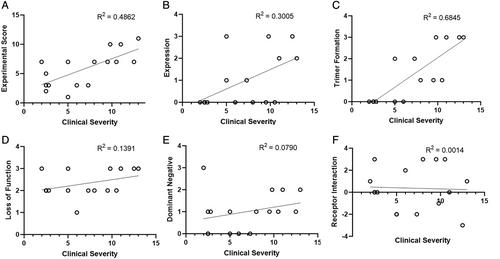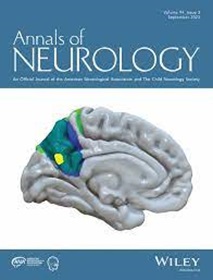Severity of GNAO1-Related Disorder Correlates with Changes in G-Protein Function
Abstract
Objective
GNAO1-related disorders (OMIM #615473 and #617493), caused by variants in the GNAO1 gene, are characterized by developmental delay or intellectual disability, hypotonia, movement disorders, and epilepsy. Neither a genotype–phenotype correlation nor a clear severity score have been established for this disorder. The objective of this prospective and retrospective observational study was to develop a severity score for GNAO1-related disorders, and to delineate the correlation between the underlying molecular mechanisms and clinical severity.
Methods
A total of 16 individuals with GNAO1-related disorders harboring 12 distinct missense variants, including four novel variants (p.K46R, p.T48I, p.R209P, and p.L235P), were examined with repeated clinical assessments, video-electroencephalogram monitoring, and brain magnetic resonance imaging. The molecular pathology of each variant was delineated using a molecular deconvoluting platform.
Results
The patients displayed a wide variability in the severity of their symptoms. This heterogeneity was well represented in the GNAO1-related disorders severity score, with a broad range of results. Patients with the same variant had comparable severity scores, indicating that differences in disease profiles are not due to interpatient variability, but rather, to unique disease mechanisms. Moreover, we found a significant correlation between clinical severity scores and molecular mechanisms.
Interpretation
The clinical score proposed here provides further insight into the correlation between pathophysiology and phenotypic severity in GNAO1-related disorders. We found that each variant has a unique profile of clinical phenotypes and pathological molecular mechanisms. These findings will contribute to better understanding GNAO1-related disorders. Additionally, the severity score will facilitate standardization of patients categorization and assessment of response to therapies in development. ANN NEUROL 2023;94:987–1004


 求助内容:
求助内容: 应助结果提醒方式:
应助结果提醒方式:


